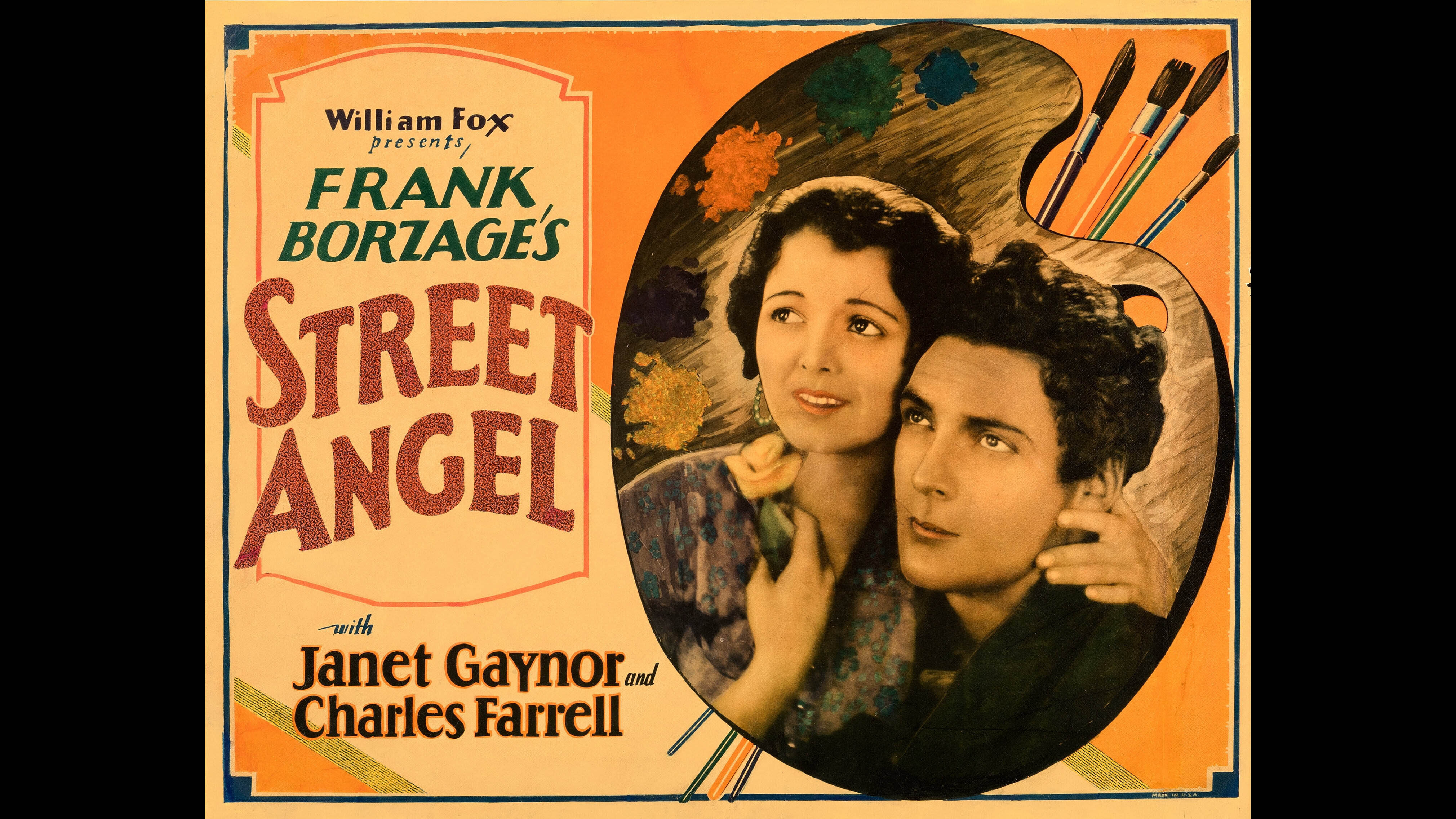Please update your browser
Your current browser version is outdated. We recommend updating to the latest version for an improved and secure browsing experience.

Street Angel is the most photographically lush and overtly Expressionist of Borzage's films. Appropriately, it is also the most concerned with the permutations and metaphoric effects of light, from the sun-drenched evocations of Naples' Santa-Lucia Pier to the mist-filled environments that begin and end the film. This overwhelming sense of atmosphere is perfectly matched by the emphasis on earthy physical presence, especially the recurring shots of feet. The dominant motif is the circle, and Borzage and his team constructed a special set in which the camera could move 360 degrees, to more fully connect the characters and their fates to their environments and to maximize the emotional impact of repetition and variation (the opening ascent is mirrored in the final romantic descent). The vertiginous use of a portrait painting to encapsulate the movement from subterfuge and misrecognition to genuine insight is a perfect distillation of Borzage's romantic vision (and anticipates the work of Alfred Hitchcock). Like Seventh Heaven, Street Angel was made with the Movietone synchronized score and sound system, and it incorporates several dynamic effects as well as a rendition of the popular Neapolitan song "O sole mio."

